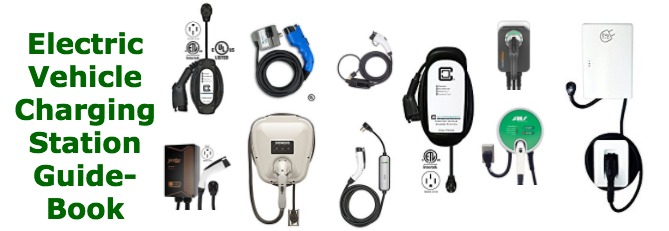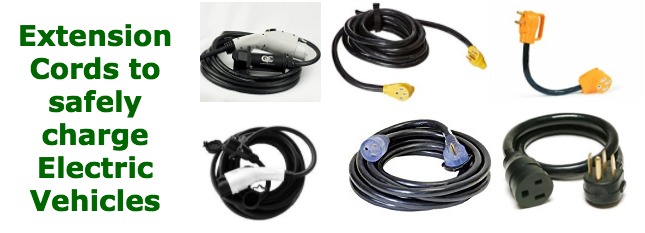This week Toyota unveiled the 2016 Toyota Prius at a large press event in Las Vegas. The catch phrase pushed by Toyota, “Beyond Possible”, makes me wonder why Toyota is so stuck on Hybrids and not moving forward into the future with battery electric vehicles. Sticking with their tried-and-true puts Toyota not in the position of breaking new territory, but shying away from the bright new possibilities offered by plug-in battery electric vehicle technology.
It’s not like Toyota didn’t have a chance to explore that technology. They did make an investment in Tesla Motors, the two companies did work together on the Gen2 Toyota RAV4 EV, etc. There’d even been talk that Toyota and Tesla would co-develop a plug-in electric car once the Gigafactory was up and running. But something happened and Toyota sold off their stake in Tesla Motors, and rather than embrace battery electric vehicles Toyota has pushed forward into fuel cell vehicles with the Toyota Mirai.
With that in mind let’s look at the little bit of information Toyota released about the 2016 Prius.
First off, this is the newest revision of the Prius platform. In 2010 Toyota released the Gen3 Prius, and now they’re on the Gen4 Prius platform.
Automakers like to keep the same “platform” for a few years, doing minor revisions from year to year, and then making a major revision every 5-7 years. It lets them get the most return on investment.
But, it being a new Prius Platform doesn’t seem to have changed the core design proposition — a hybrid drive train that still locks you into 100% complete dependency on gasoline.
In fact, the press release says zilch about the Toyota Plug-in Prius. It’s possible that model has been quietly dropped from the Prius lineup. The Toyota website, at press time, lists the 2016 Prius v and nothing else. The press release talks about creature comfort changes and a few other things, but nothing about drive train choices.
The press release has a curious line – “it’s not just about MPG anymore” and “Today’s customers want all the traditional benefits of a hybrid, but don’t want to compromise on looks and performance”.
In other words, Toyota believes their customers simply want to get in and drive and not fuss around too much with specifics of the drive train. The customers don’t even care about fuel efficiency that much, if Toyota is to be believed. For whatever it’s worth, the press release focuses on style (looks, creature comforts, the size of the car, etc) over functionality.
I’d heard that in the early 1990’s Toyota had taken to heart the reality of Peak Oil and Climate Change, and set about developing hybrid car expertise as their contribution to addressing those threats. Today’s Toyota doesn’t seem to care about those issues any longer.
- Is there enough Grid Capacity for Hydrogen Fuel Cell or Battery Electric cars? - April 23, 2023
- Is Tesla finagling to grab federal NEVI dollars for Supercharger network? - November 15, 2022
- Tesla announces the North American Charging Standard charging connector - November 11, 2022
- Lightning Motorcycles adopts Silicon battery, 5 minute charge time gives 135 miles range - November 9, 2022
- Tesla Autopilot under US Dept of Transportation scrutiny - June 13, 2022
- Spectacular CNG bus fire misrepresented as EV bus fire - April 21, 2022
- Moldova, Ukraine, Georgia, Russia, and the European Energy Crisis - December 21, 2021
- Li-Bridge leading the USA across lithium battery chasm - October 29, 2021
- USA increasing domestic lithium battery research and manufacturing - October 28, 2021
- Electrify America building USA/Canada-wide EV charging network - October 27, 2021




















Pingback: Toyota’s battery breakthrough, does it mean they’ll ever abandon fuel cells? | The Long Tail Pipe